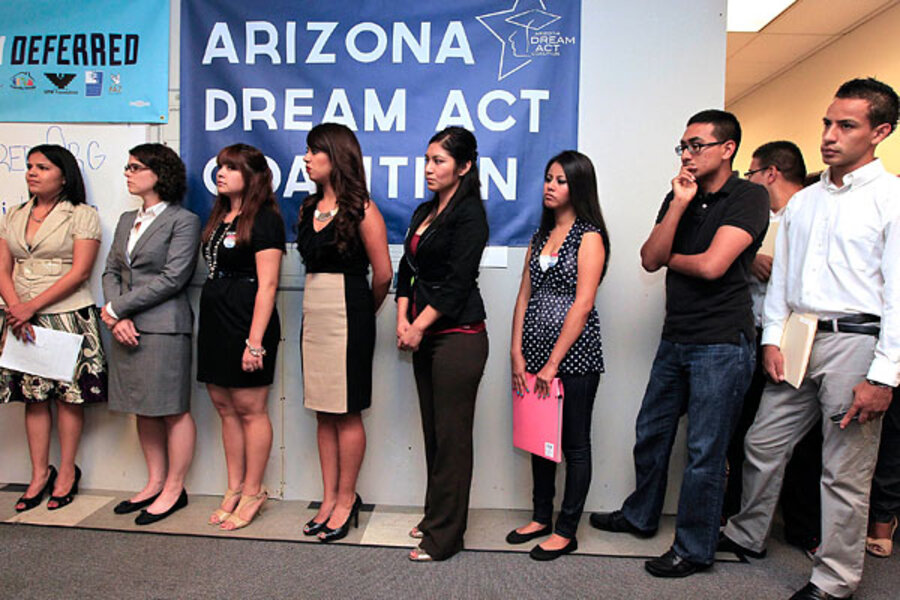America’s roughly 12 million undocumented immigrants will have a chance to become citizens, but will have to wait for the border security measures noted above to be instituted before they can complete a decade-plus-long process.
The exceptions to this are young, undocumented immigrants known as DREAMers (after previous legislation that would have offered them a special route to citizenship), as well as some agricultural workers. Both would have a streamlined path to citizenship, with the wait for DREAMers being five years.
Everyone else, however, would apply for “registered prospective immigrant” status by passing a background check and paying a $500 fine alongside assessed taxes. That status would be good for six years but could not be obtained before DHS submits its two border security plans to Congress. RPI status would give the newly-documented the ability to travel internationally and work in the US and be renewed for another $500.
After 10 years as an RPI, immigrants could apply to become green card holders through a new immigration category (see item No. 3) if they meet several criteria:
- Continuous presence and employment in the United States over that decade.
- Up-to-date tax payments.
- Demonstrated knowledge of US civics and English.
- Payment of a $1,000 fine.
In addition, all individuals who are waiting for green cards when the bill is enacted will have to have been processed through the immigration system before RPIs get green cards. That means those in the country illegally today would have gone to the “back of the line.”
After five years with a green card, these immigrants would be able to apply for US citizenship, meaning the first bloc of potential US citizens beyond DREAMers and agriculture workers would take their oaths just before 2030.







